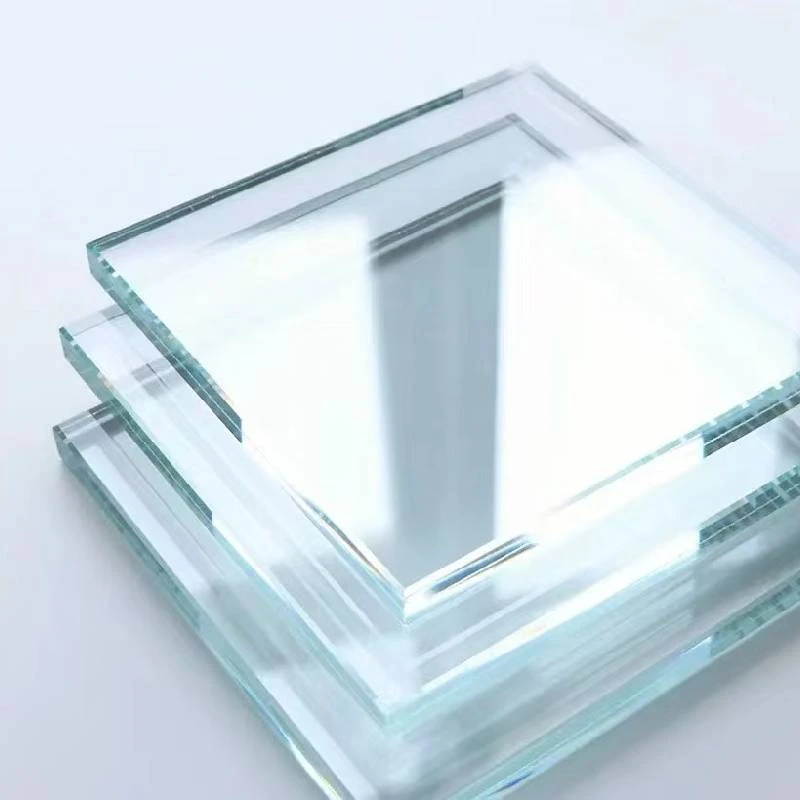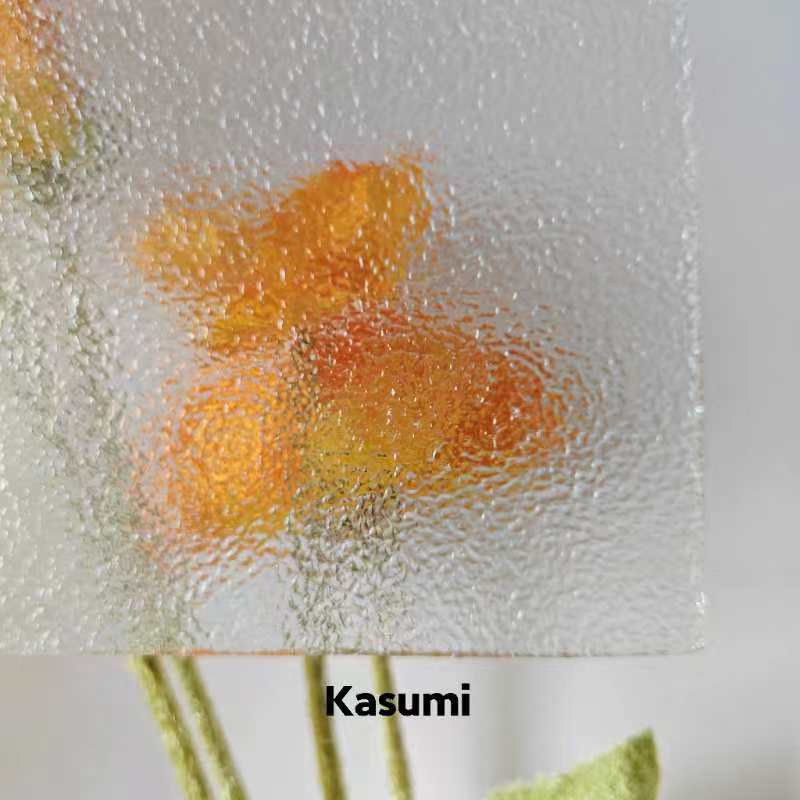The installation of low-e glass, an innovative architectural solution, provides numerous benefits that extend beyond simple aesthetics. As green building practices gain momentum, incorporating low-e glass in construction projects is becoming increasingly popular, driven by its ability to enhance energy efficiency, improve indoor comfort, and increase property value. The following insights aim to deliver an authoritative overview of low-e glass installation, emphasizing real-world applications, technical details, and its profound impact on sustainability.

Low-emissivity (low-e) glass is designed to minimize the amount of ultraviolet and infrared light that can pass through glass without compromising the amount of visible light transmitted. Its microscopic coating is engineered to reflect radiant heat, thereby reducing heat transfer in and out of a building. This results in superior insulation properties, making it an essential part of any energy-efficient building envelope.
When installing low-e glass, several factors come into play to ensure optimal performance and longevity. First and foremost is the selection of the right type of low-e coating. There are primarily two types of coatings soft coat and hard coat. Soft coat, also known as sputter coat, is typically more effective at controlling emissivity and solar heat gain, making it ideal for colder climates. However, it requires careful handling during installation due to its fragile nature. Hard coat, or pyrolytic coating, is more robust and scratch-resistant, hence often preferred for window units where durability is a priority.

The expertise needed in low-e glass installation cannot be overstated. Proper handling and placement are crucial in maximizing the glass’s insulation capabilities. Glass units must be installed with precision, adhering to manufacturer guidelines to prevent seal failure and moisture ingress which could compromise the thermal performance. Installers must also account for potential thermal stress, a condition that can lead to cracking if not properly accommodated during the installation process.
Moreover, the framing materials accompanying the low-e glass units should be chosen with equal consideration. Frames crafted from thermally broken aluminum, wood, or uPVC are typically recommended to complement the glass's insulating properties. Choosing the appropriate spacer bars, preferably non-metallic warm edge spacers, further enhances the unit's ability to reduce heat transfer.
low e glass installation
The growing body of evidence supporting low-e glass’s effectiveness in reducing energy costs is convincing. According to studies, buildings fitted with low-e glass can see energy savings of up to 50% in heating and cooling, with homeowners recouping initial installation costs through reduced utility bills over several years. This makes low-e glass not only a decision driven by environmental responsibility but also a financially prudent choice.
The trustworthiness of low-e glass installations also comes into focus with the environmental certifications they often help achieve. Buildings outfitted with this technology can earn credits for LEED (Leadership in Energy and Environmental Design) and other green building rating systems, affirming their commitment to reducing carbon footprints.
In real-world applications, many architects and builders are leveraging the unique properties of low-e glass to design stunning facades that not only captivate visually but also perform exceptionally well under environmental scrutiny. This application resonates deeply in urban centers where reducing the urban heat island effect and enhancing the sustainability of high-rise buildings dominate design priorities.
Ultimately, the adoption of low-e glass is rapidly transforming modern architecture, reflecting a shift towards building with purpose and foresight. As more industry professionals share their experiences and insights from successful installations, the authority and expertise associated with low-e glass continue to grow. These real-world endorsements confirm that low-e glass installation is not just a trend but a substantive stride towards a more sustainable future in construction.
For those considering integrating low-e glass into their construction projects, the journey begins with understanding its nuanced benefits and engaging with skilled professionals who can deliver an installation that ensures optimal performance and longevity. Through informed choices and strategic design, low-e glass can redefine a building’s relationship with its environment, showcasing how innovation can align seamlessly with sustainability.



